Jobs were at a maximum in number in December 2007 and the number of jobs has decreased since then. Note that the numbers given in the table are in thousands, so the number of unemployed in January 2000 was 5,689,000. Also, the unemployment rate numbers in this table are not seasonally adjusted, so they are readily calculated from the numbers given in the table.
13 January 2010
A Decade of Missing Jobs, A Decade of Government Growth
We often hear that the current recession is the cause of current unemployment and that in December of 2009, the unemployment rate was 10.0%, seasonally adjusted. Given that back in January 2000, at the start of the first decade of the 21st Century, the unemployment rate was a very low 4.0%, this is a very sorry situation. But, because it is so hard for many to find jobs, we know the situation is even worse than indicated by the 10.0% unemployment rate. We know that people have given up on finding jobs and those who are no longer able to collect unemployment insurance, or who never could, are no longer counted as looking for a job unless they make the effort to visit state unemployment agencies, which cannot help them. The exercise I posed myself here was how can I look at the job and unemployment statistics of the Bureau of Labor Statistics (BLS) of the U.S. Department of Labor to gain insight on job creation and unemployment in this last decade.
The BLS provides the total number of people in the noninstitutionalized civilian work age population, the total number of people employed, the number they consider to be unemployed and actively looking for jobs, and an unemployment rate. The sum of the number of people with jobs and those they consider unemployed is the workforce. The unemployment percentage rate is the number considered unemployed divided by the number in the workforce times 100.
Back in January 2000, things were pretty good in the job market. It was apparently pretty easy to create jobs and the jobs were seen as pretty desirable. 64.77% of the noninstitutional population held jobs and the workforce was 67.49% of the work age population. The unemployment rate was a very low 4.0%, so even marginally unproductive people could profitably be put to work. This is a very low historical unemployment rate, so many of the unemployed were likely just changing jobs, changing careers, or they were very marginally productive. I am going to use this period of very healthy job creation as a benchmark against which to measure the rest of the decade that follows. The job and employment statistics for various months in the decade are given in the table below.
Jobs were at a maximum in number in December 2007 and the number of jobs has decreased since then. Note that the numbers given in the table are in thousands, so the number of unemployed in January 2000 was 5,689,000. Also, the unemployment rate numbers in this table are not seasonally adjusted, so they are readily calculated from the numbers given in the table.
Jobs were at a maximum in number in December 2007 and the number of jobs has decreased since then. Note that the numbers given in the table are in thousands, so the number of unemployed in January 2000 was 5,689,000. Also, the unemployment rate numbers in this table are not seasonally adjusted, so they are readily calculated from the numbers given in the table.
Let's look at the % of the population of potential workers employed. In January 2000, it starts at a high of 64.77% and as the decade progresses it keeps dropping. By December 2005, the % working is down to 62.78%. In December 2007, it is almost identical, but then it drops again as the recession progresses. One can also look at the % of the workforce in relation to the total potential working population. In January 2000, it starts at a high 67.49% with many jobs available that many people want. But this number also drops as the decade unwinds. In December 2007, even before the recession is usually said to have taken hold, the workforce % is down to 65.92%. Strangely enough, this number decreases relatively little in the first year of the recession, since it is only down to 65.67% in December 2008. But, by December 2009, the decade closes out with the % of the workforce at a low of 64.38%. Jobs are not available and/or are not very desirable compared to January 2000, according to this figure. In fact, we know many people want work now and if jobs, even rather undesirable ones, were available, they would mostly be scarfed up. The problem is with job creation.
So, how many jobs are missing in our economy? Let's take the 67.49% workforce of January 2000 as a criteria for how many jobs people would want if jobs were available and they were reasonably enticing jobs, as they were apparently in January 2000. Multiplying the total noninstitutional civilian work age population by 0.6749 gives us the number of jobs wanted and needed to be as good a situation as January 2000 and to provide the unemployed of that time with jobs. By this criterion, in December 2005, the job situation had actually deteriorated to the extent that 10,710,000 jobs were already missing. The unemployment rate had only risen to 4.9% according to the usual method of calculation, but the economy was not creating jobs very well anymore. The % of missing jobs is 100 (Jobs Wanted/Missing Jobs), which was 6.98% in December 2005, which is much higher than official unemployment rate of 4.9%. From then until December 2007, this % Missing Jobs changed very little. But in December 2008, the number of missing jobs had risen to 15,287,000 jobs and the % of missing jobs was 9.64%. At the end of the decade, 22,108,000 jobs were missing and the % of missing jobs was 13.83%!
So, in the first decade of the 21st Century, our economy went from being able to provide jobs that people wanted and managed to employ all but 4.04% of the workers who wanted jobs, some of whom were simply in transition between jobs. But, as the decade ended, the number who could not find jobs and/or who found the jobs to be unenticing had risen to 13.83%. This is a factor of 3.42 times worse, even as the official unemployment rate says the situation is only 2.42 times worse. And we now see that we are short by about 22.1 million jobs.
Throughout the decade, local, state, and federal governments grew. They drew resources of money and manpower away from the private sector, which is the great engine of job creation. Governments at all levels increased regulations on businesses and taxed them. In the face of increasingly global trade, the U.S. and Japan kept high corporate taxes while most other nations decreased their taxes. This left the U.S. and Japan with the highest corporate taxes in the world. This was not good for business in either country. The effects of these taxes and regulations were likely the cause of the 11,023,000 jobs already missing at the start of the recession, which now has us missing twice the number of jobs missing only 2 years earlier. The recession did not start the problem of job creation, but it did accelerate it.
A shortfall of 22.1 million jobs is a huge shortfall. Adding threats of a government takeover of the medical services industry, with all the attendant inefficiencies of government and the grasping of special interests, will make this situation worse. Treating CO2 absurdly as a pollutant and regulating the heck out of energy use will make this situation worse. Further increases in taxes, now planned at all levels of government in most of the country, will make matters worse. Further forced unionization will make job creation much harder. The fact that taxes are being targeted on businesses and their owners specifically, will make job creation harder. The second round of bailouts and so-called government job creation bills will, like the first round, make jobs harder to create. A 22.1 million job shortage is a very serious problem and should be a game-changer.
At least 9.79% of potential workers would be working if only our job creation situation were not now much worse than it was at the start of the decade. This is a lot of people who should be blaming overgrown governments for the bulk of their unfortunate job situation. There are many more workers yet who have a job, but it is a part-time job or it is one they would choose to leave, if they dared and could expect a better job. Back in January 2000, many workers could leave a job for a better job. No longer.
Subscribe to:
Post Comments (Atom)















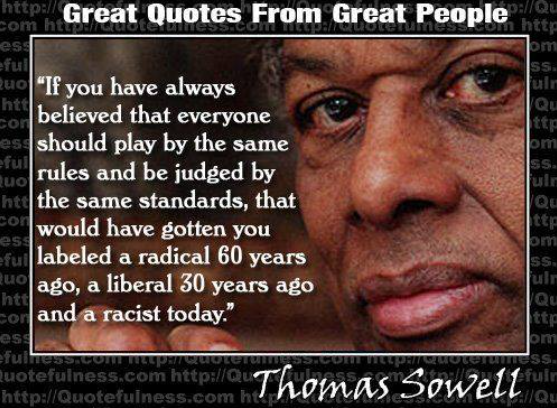
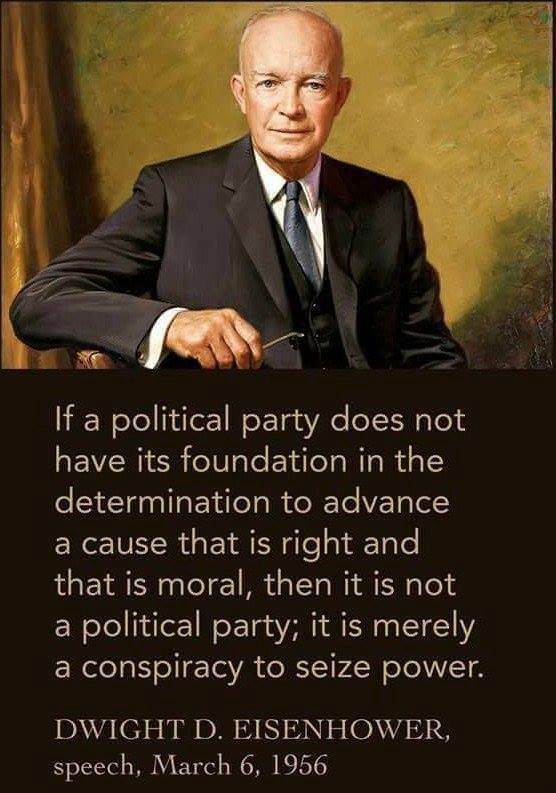



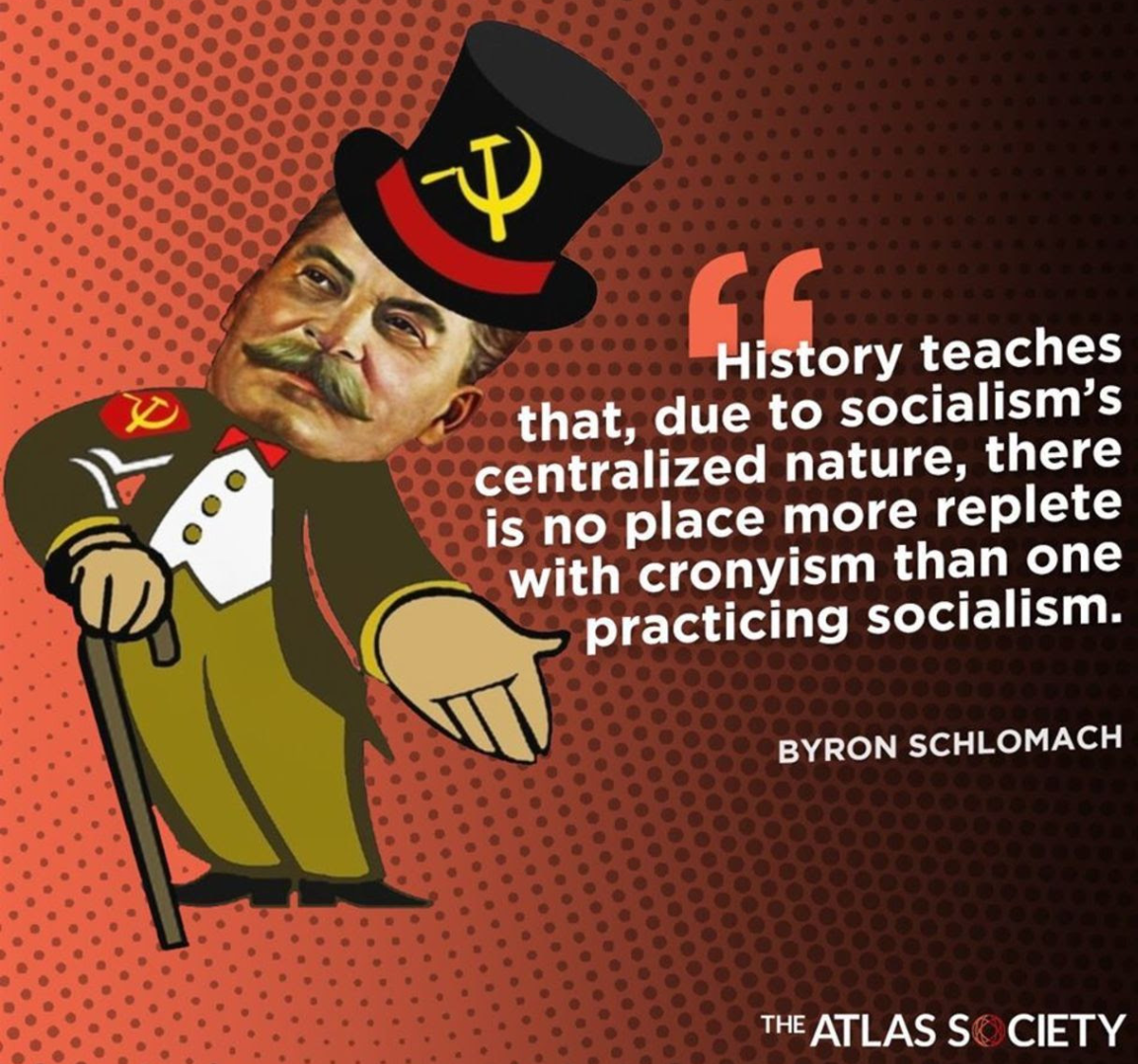
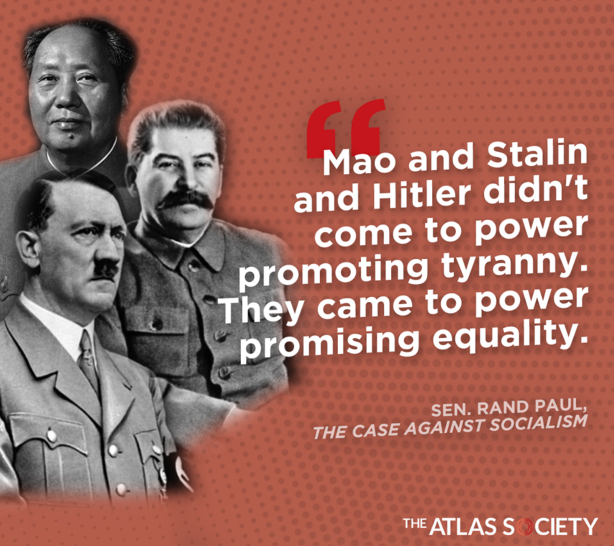
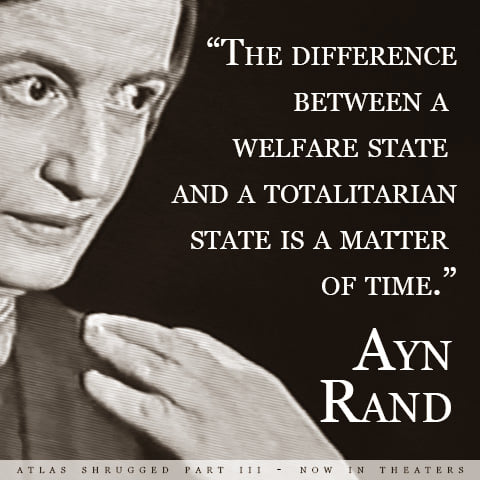

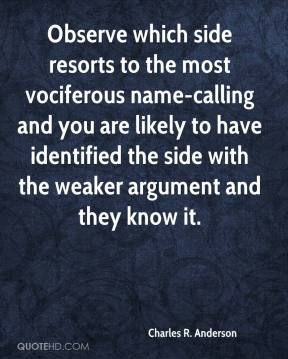





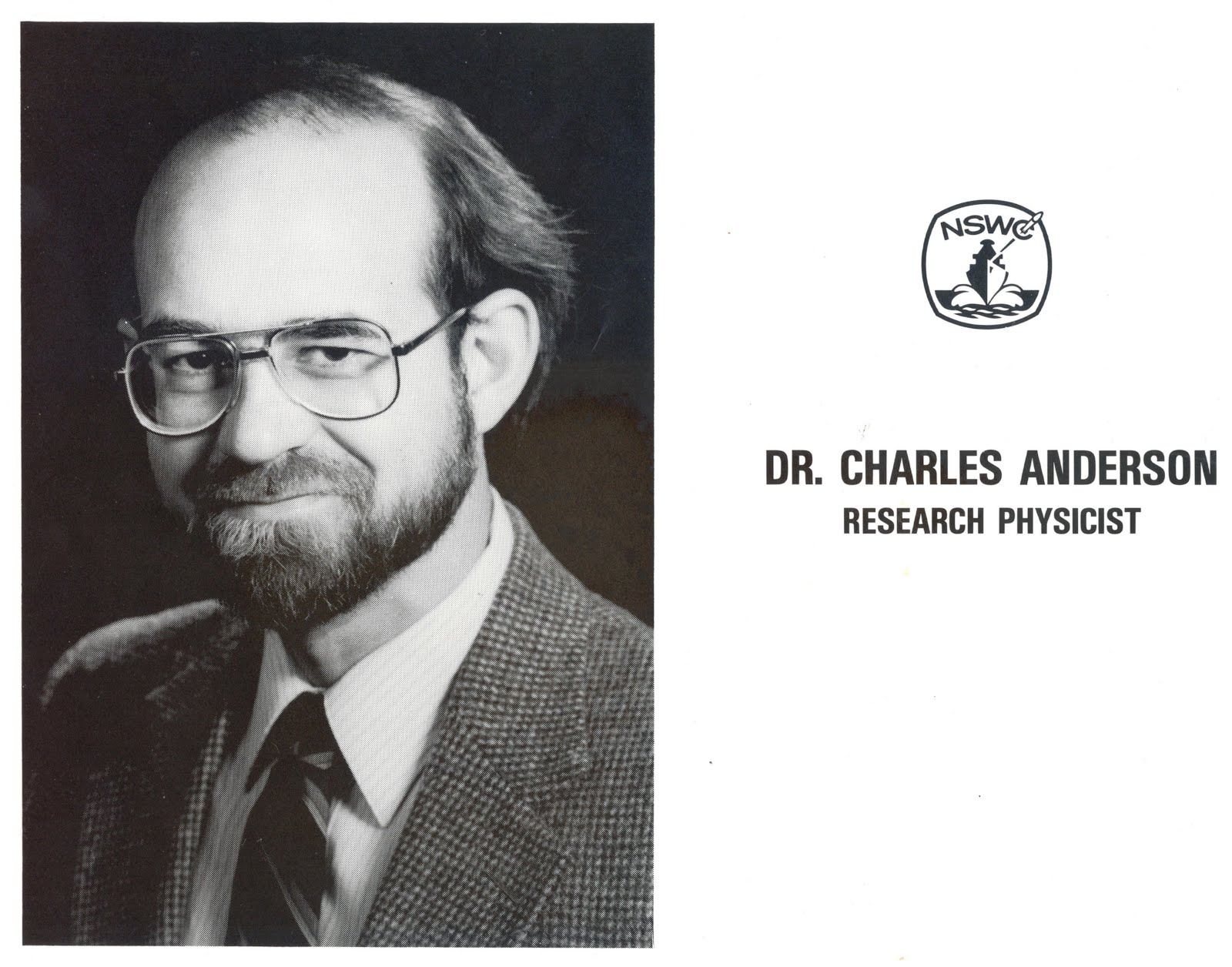





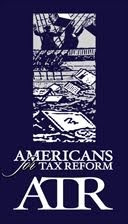



























No comments:
Post a Comment